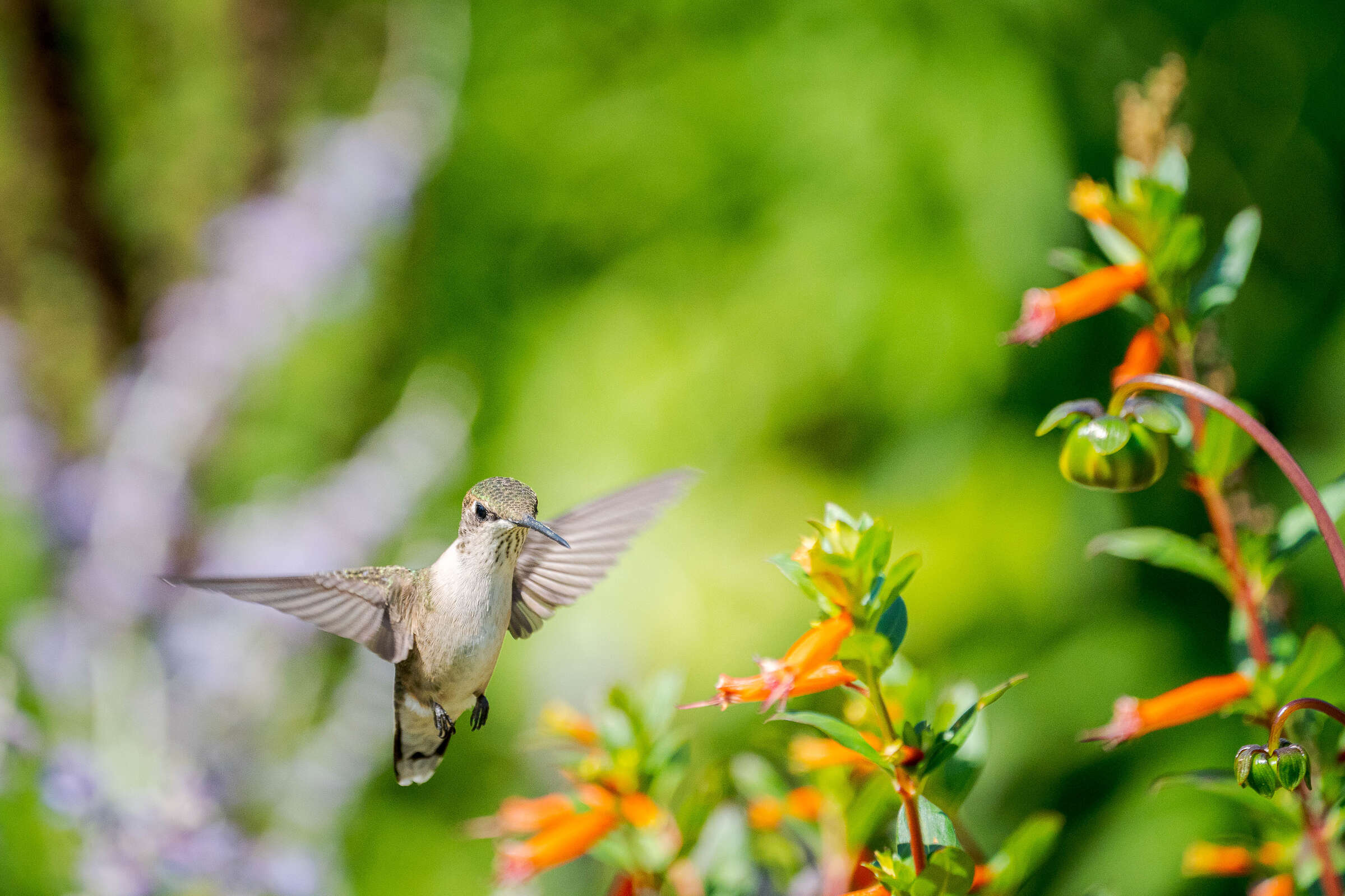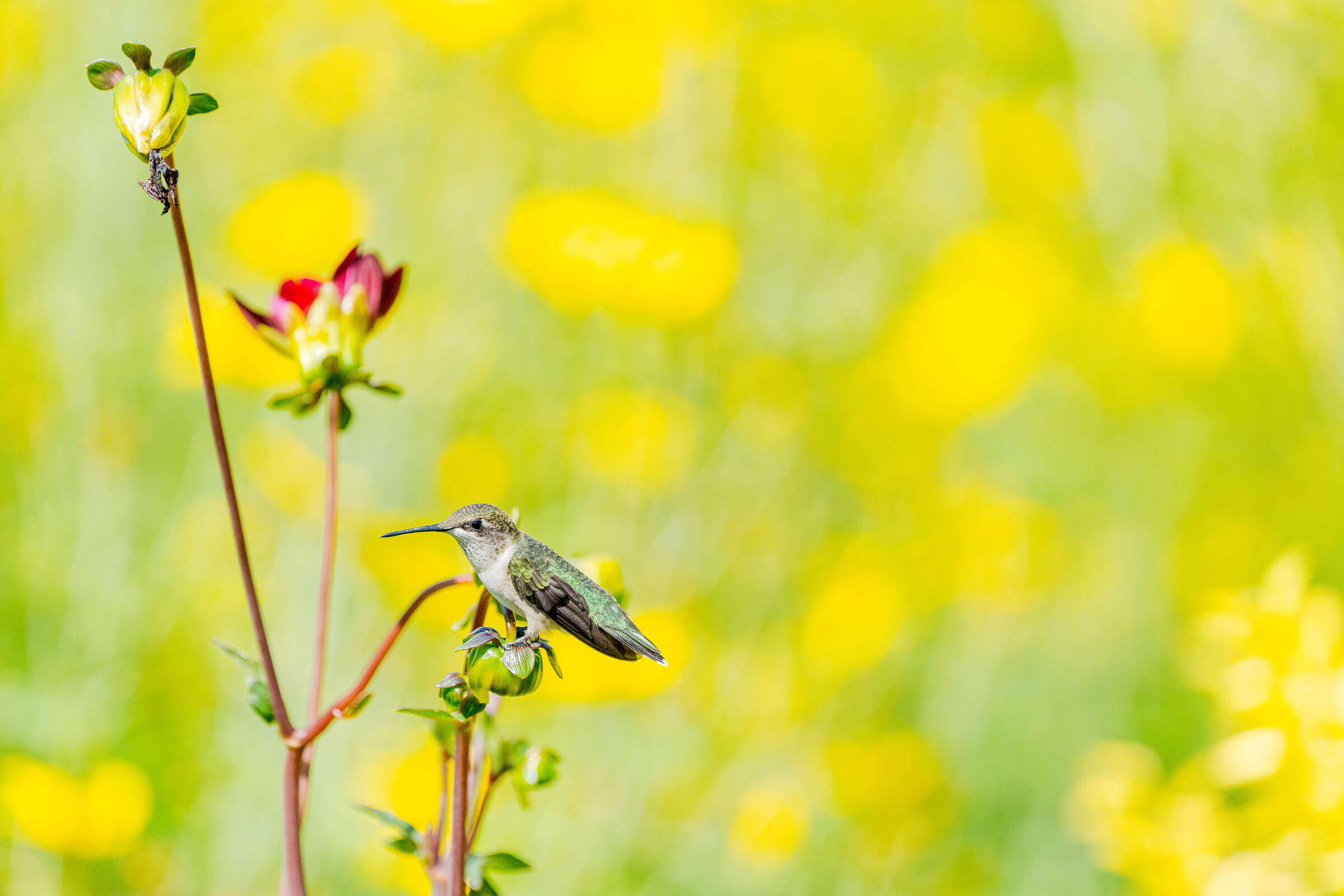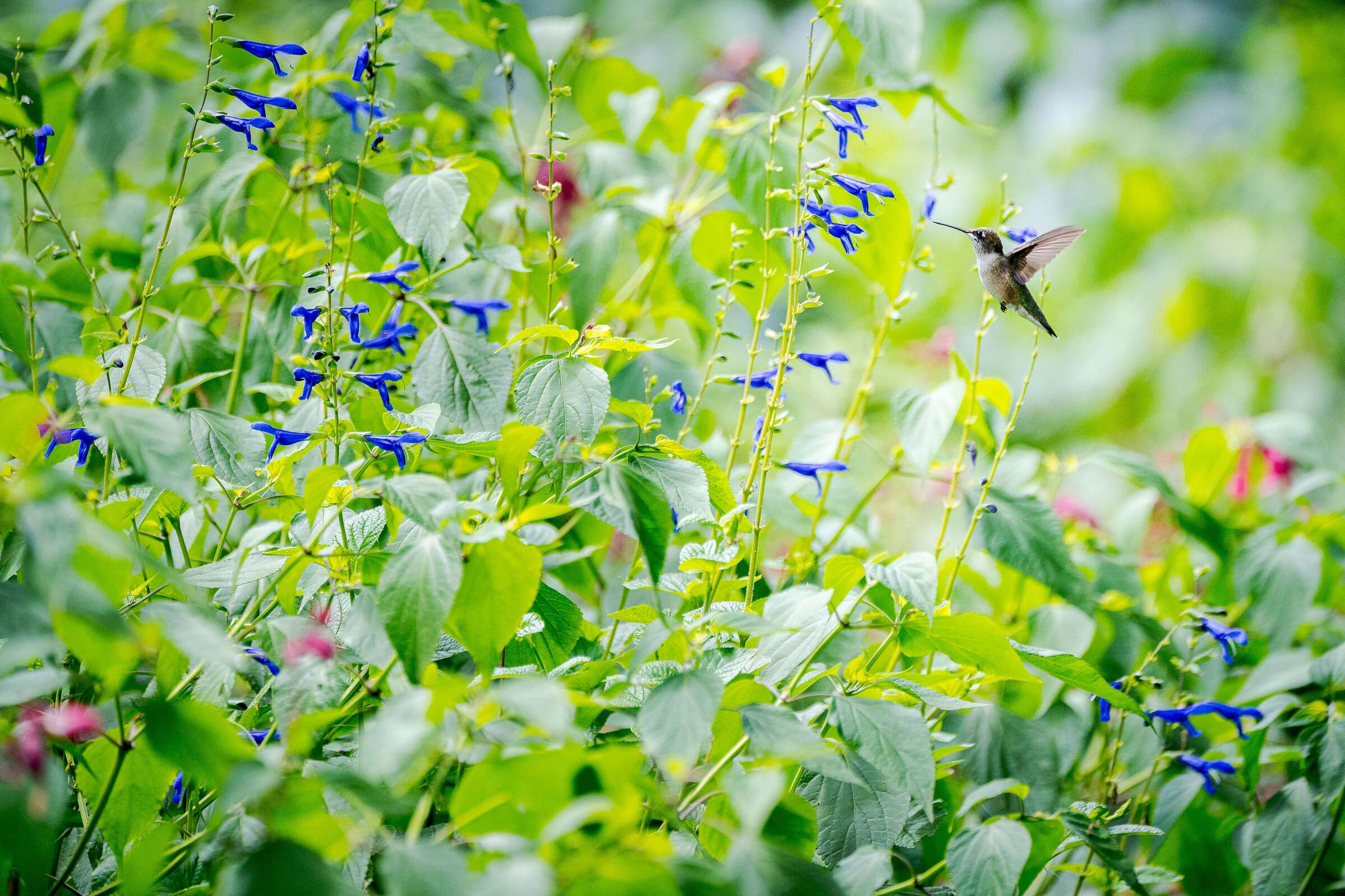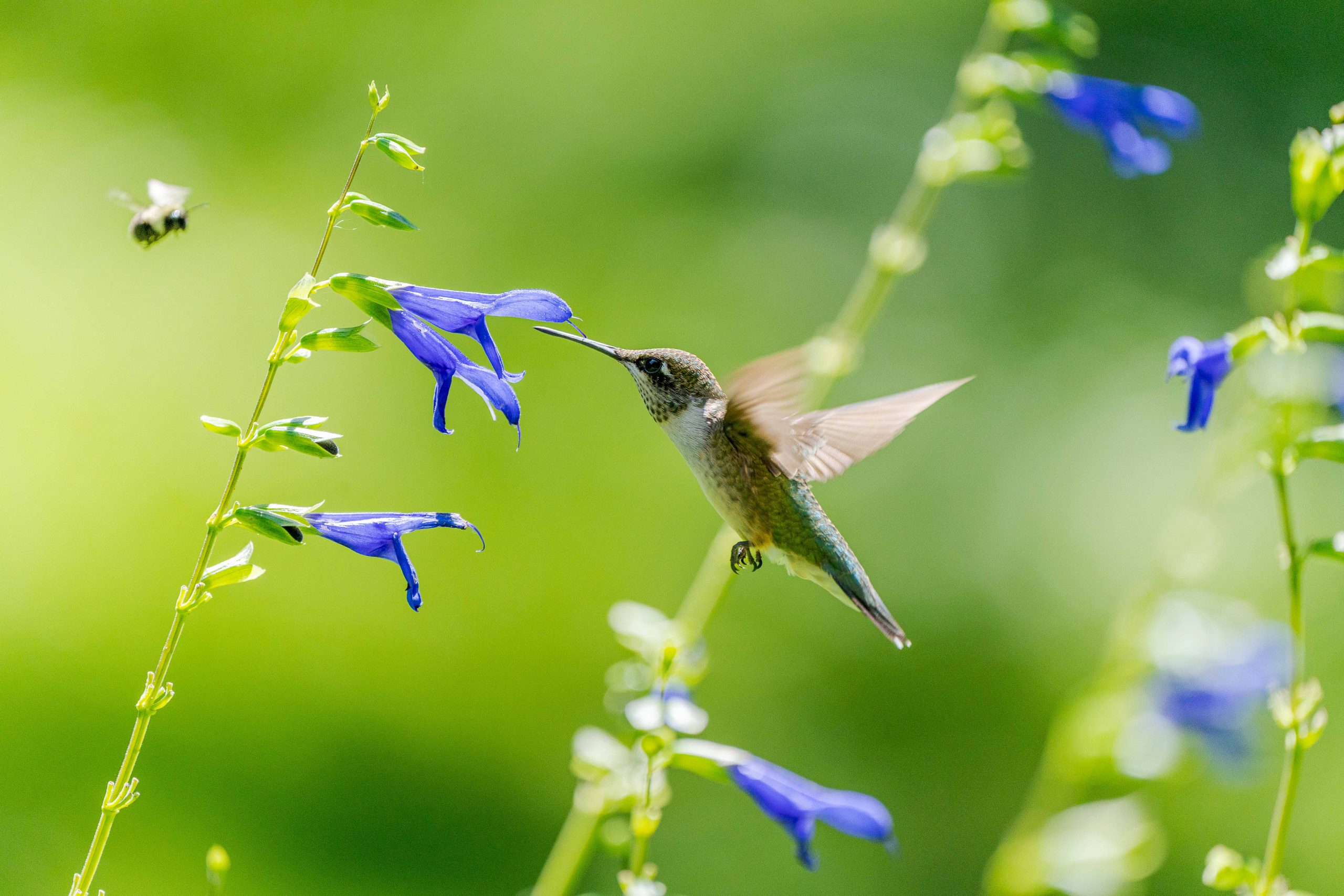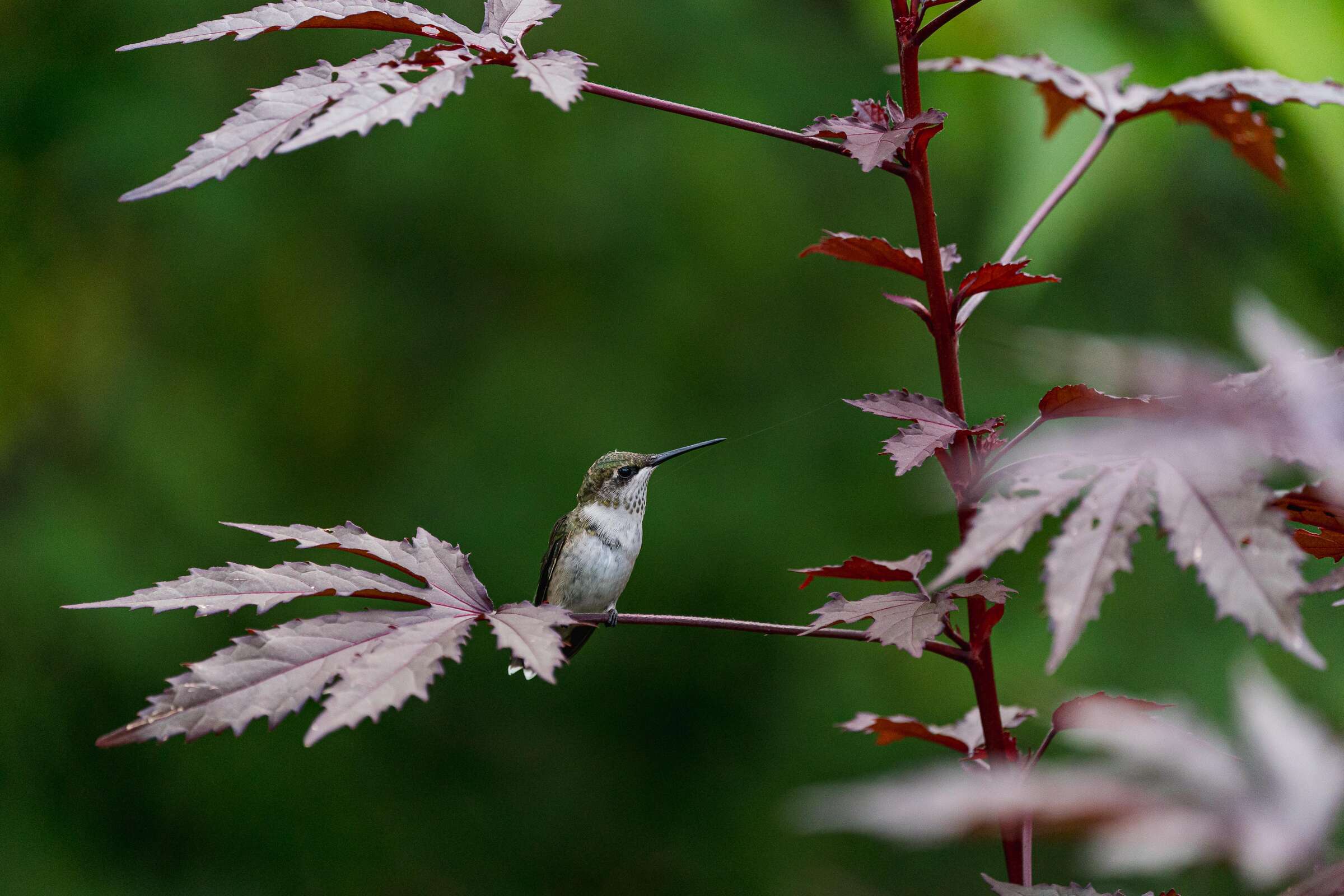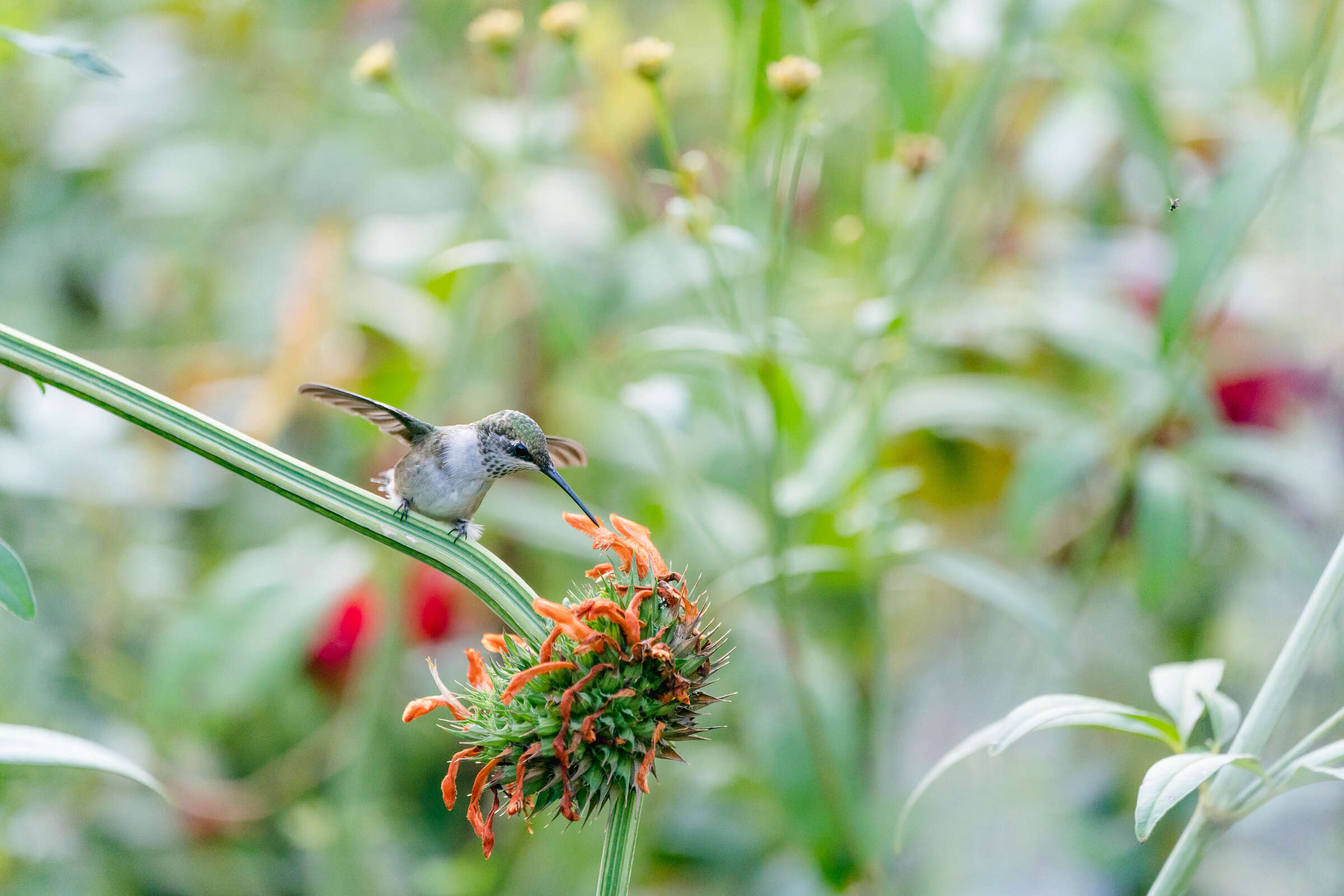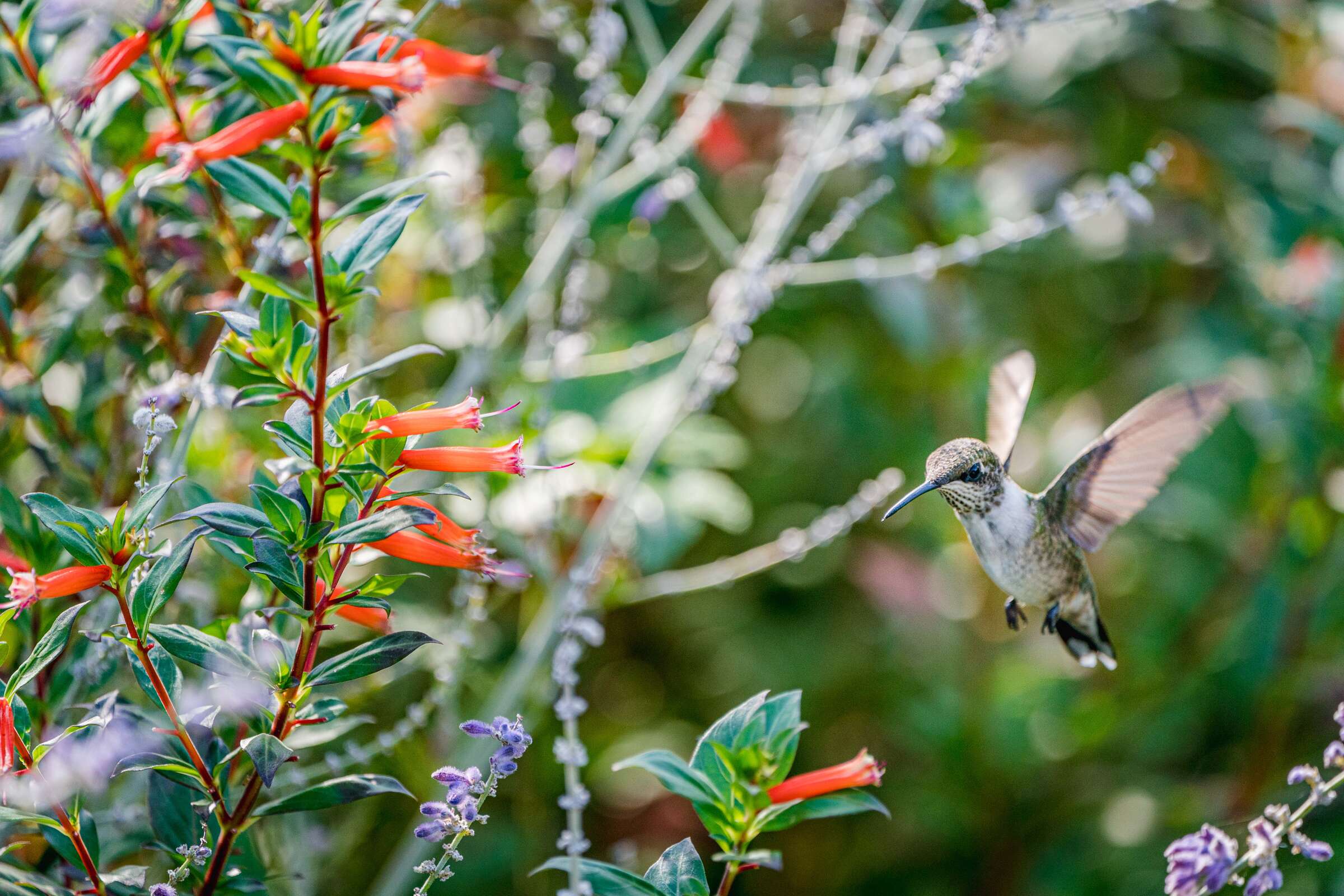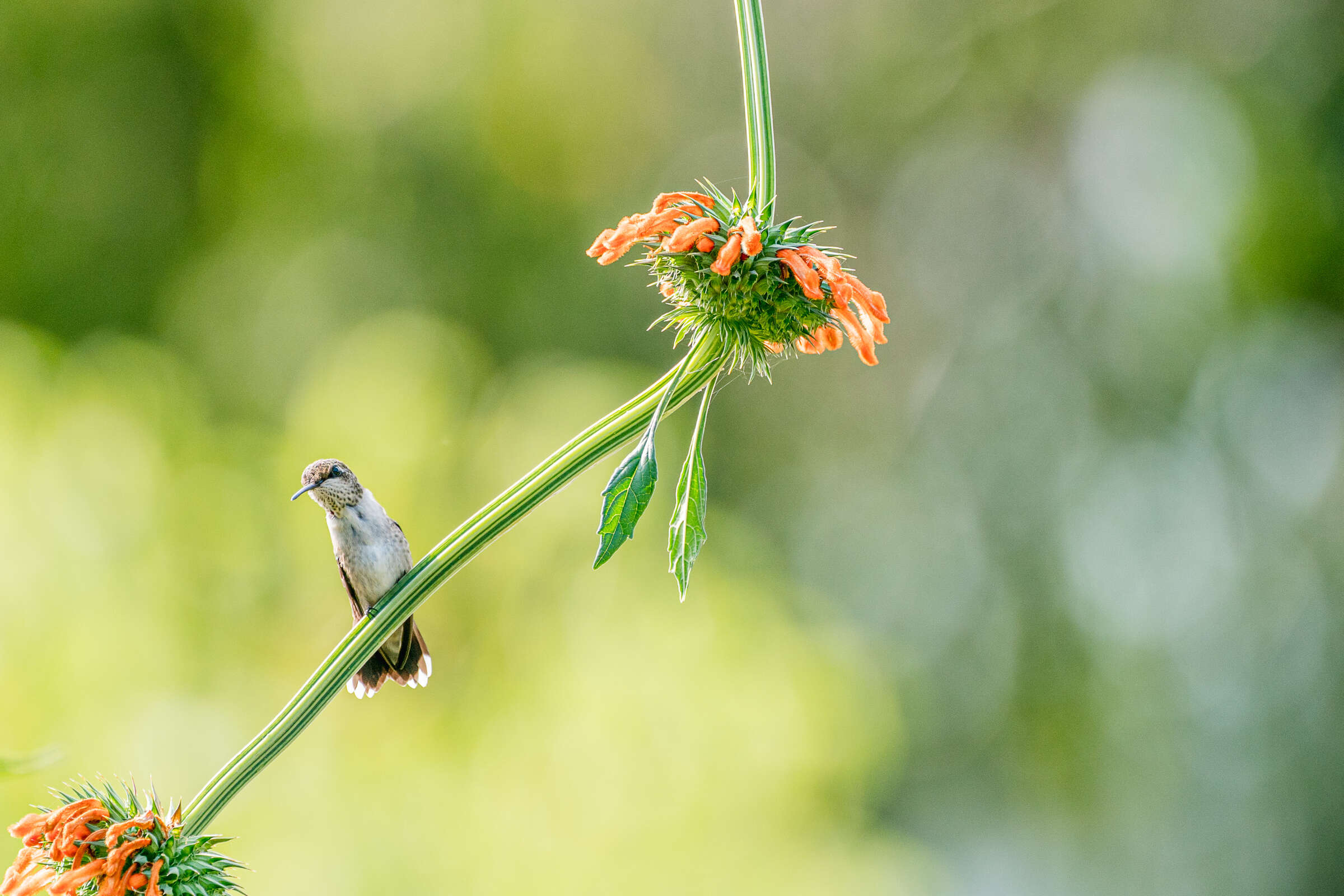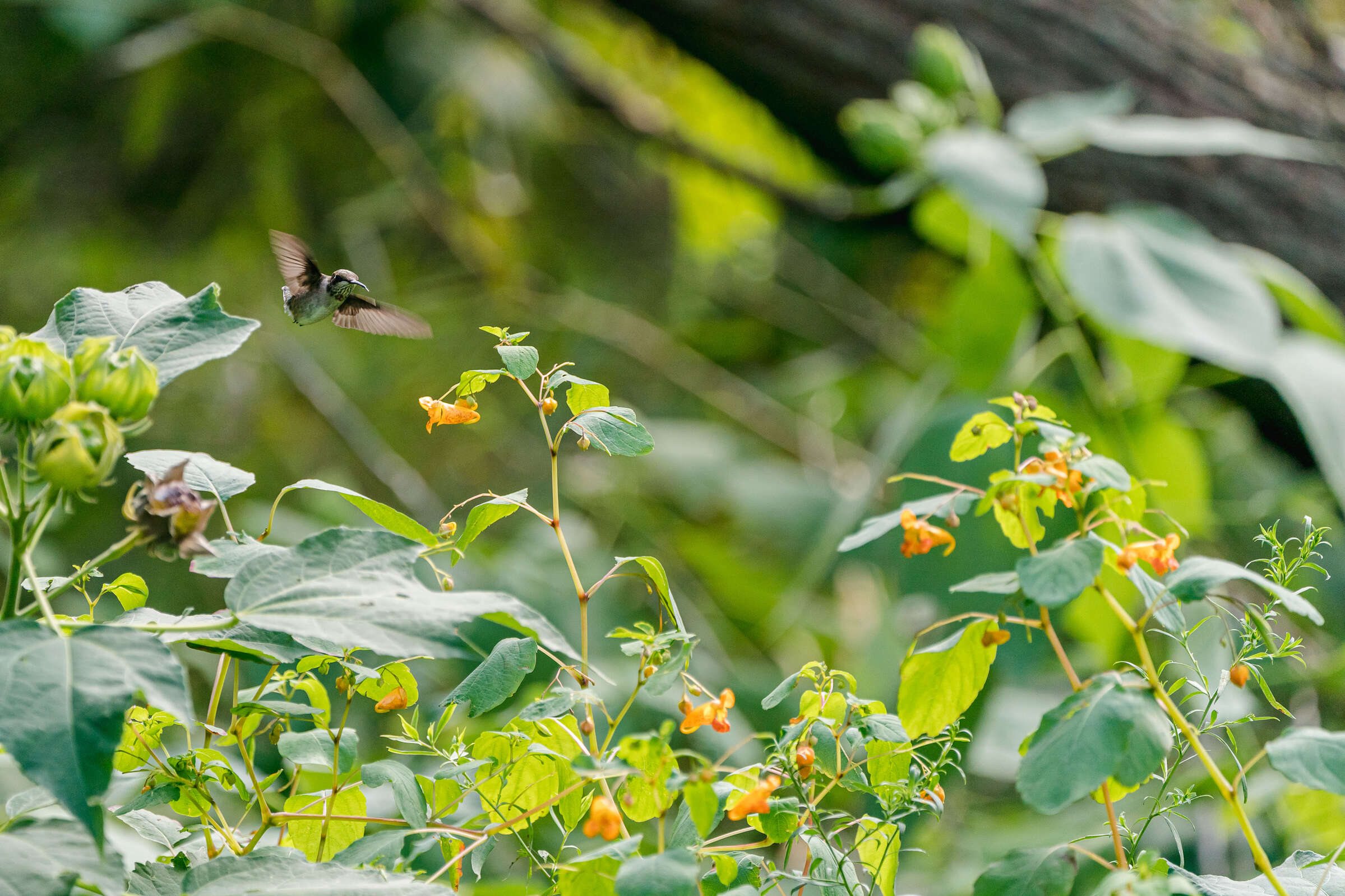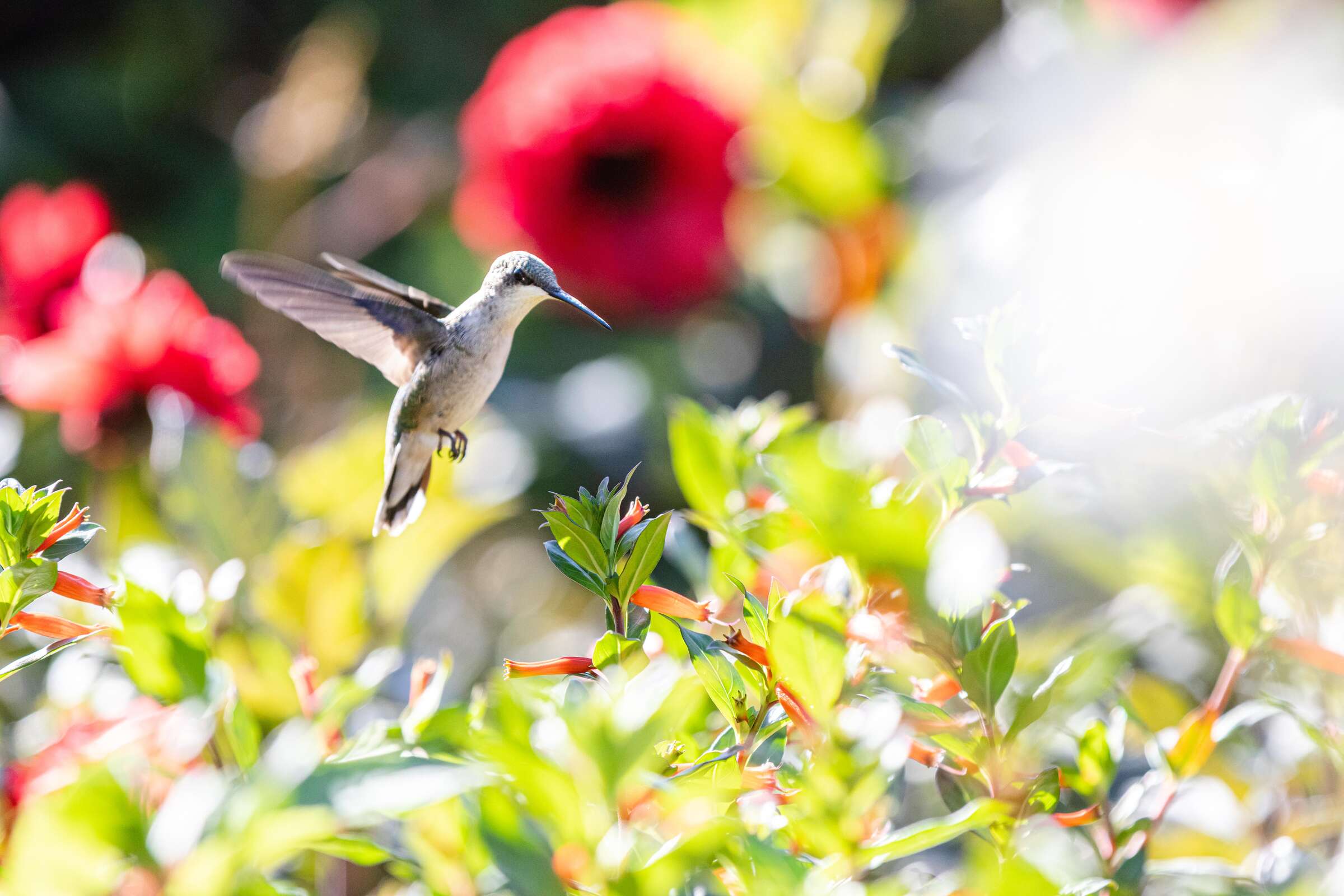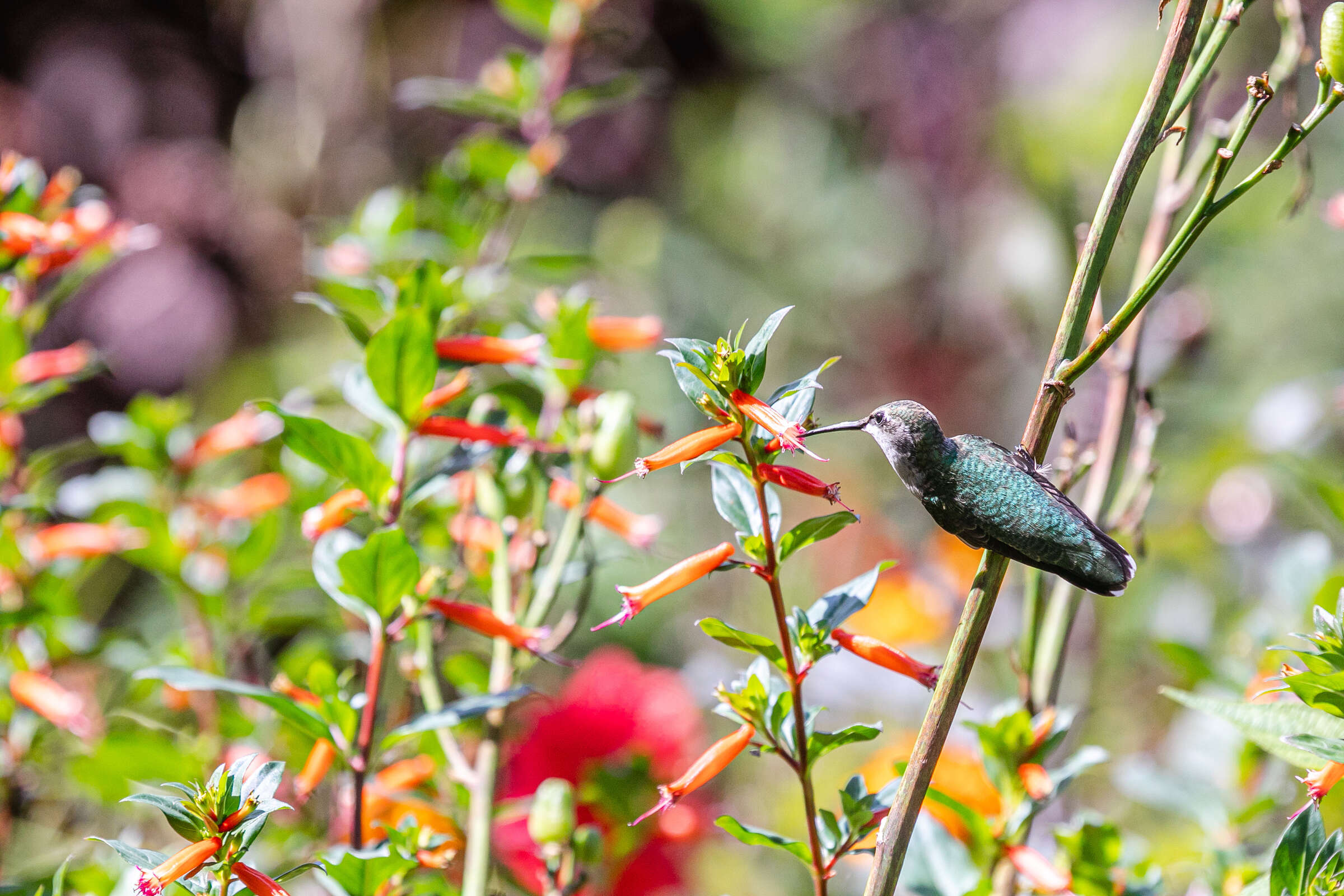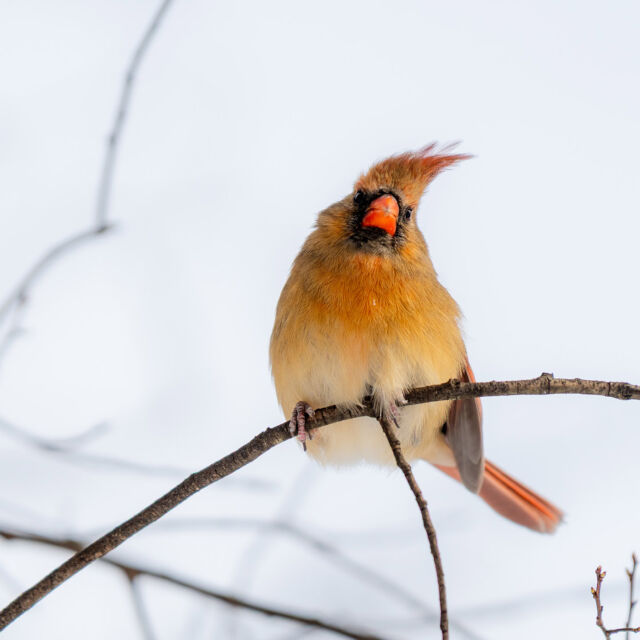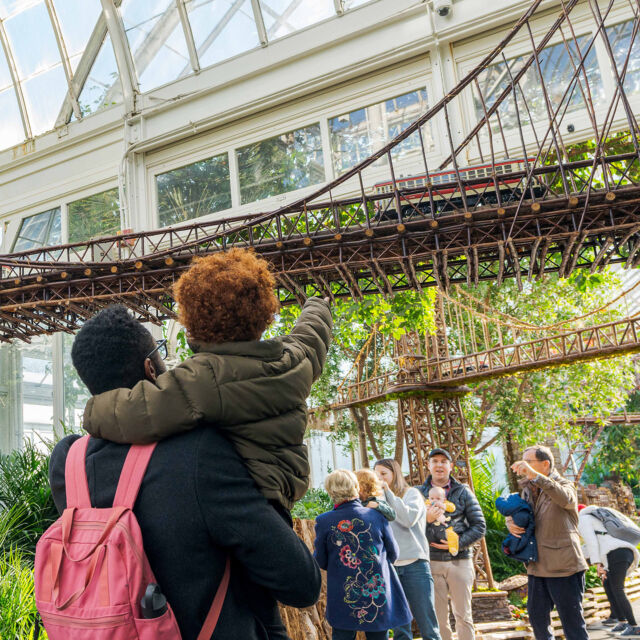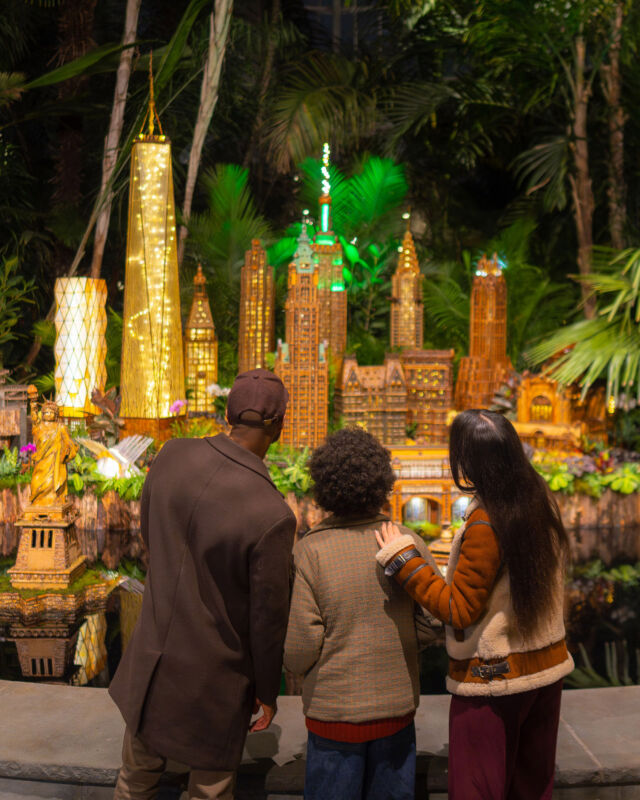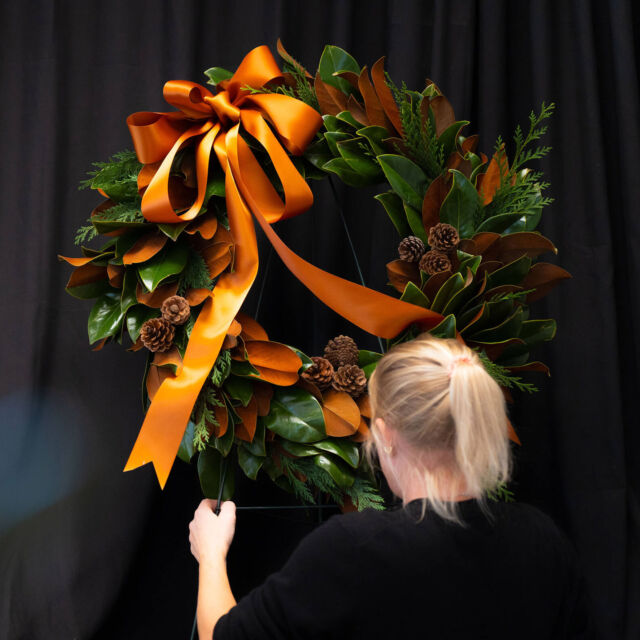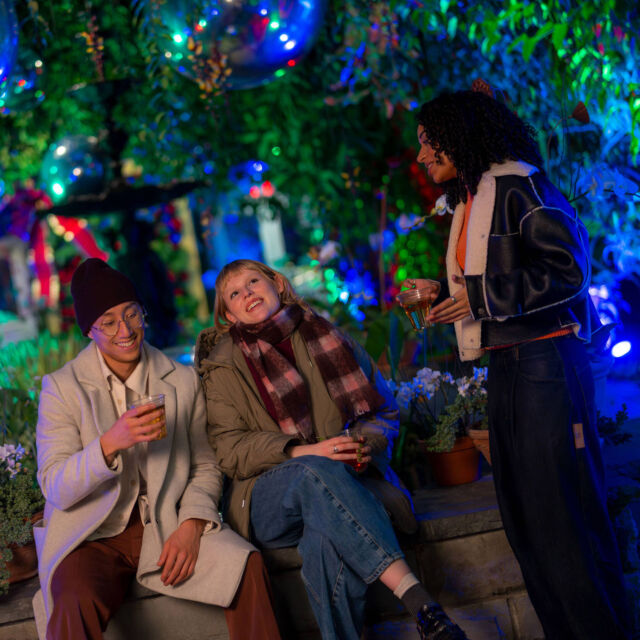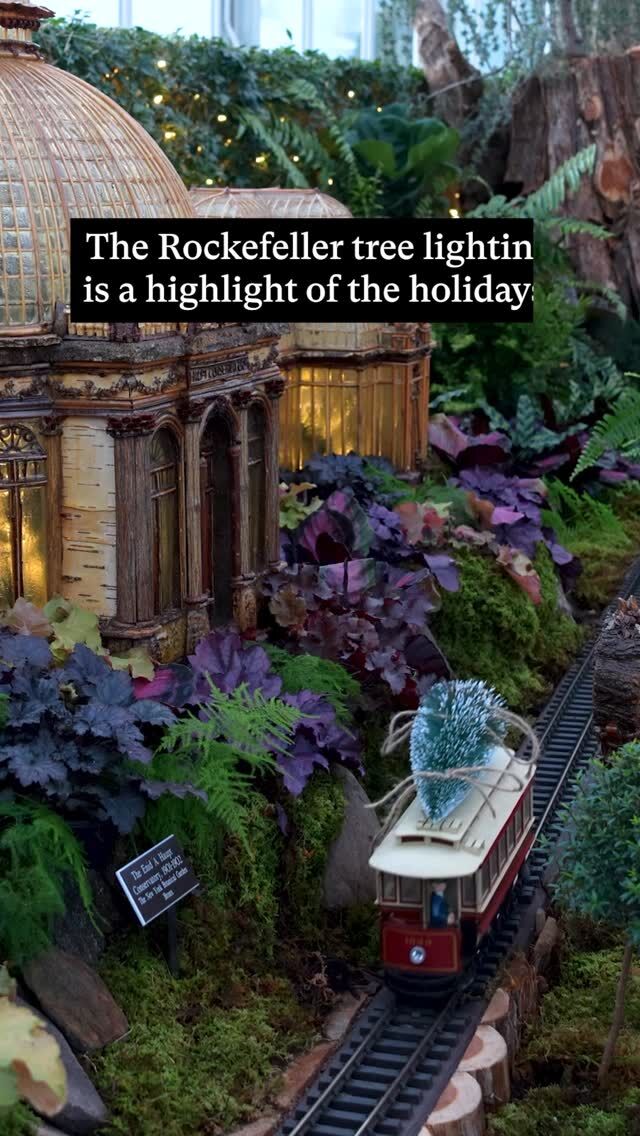On Hummingbirds
Marlon Co is the Photographer & Digital Media Manager of The New York Botanical Garden.
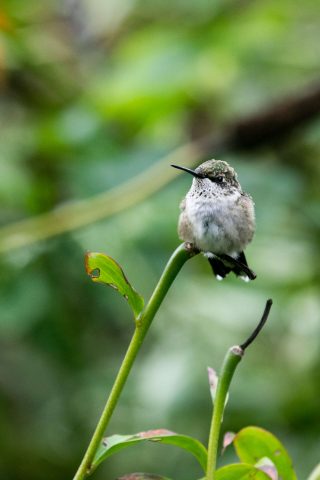
Summer is a fascinating time to visit the Garden. Its long days are filled with countless wonders to be admired like the water lilies and lotus, or the ever-changing palette of the Native Plant Garden’s upper meadows bursting with wildflowers. Animal life, too, can make for joyous encounters in summer. One can often hear the “oohs and ahhs” of a visitor’s excitement at spotting a green frog or a giant sunbathing snapping turtle. But there is one summer visitor to the Garden so iconic that it’s become a symbol of the wonders of the animal kingdom, and yet it is so small you may miss it entirely: the hummingbird.
If you spot one in New York, chances are it’s a ruby-throated hummingbird, the most common variety east of the Mississippi. A migratory species, they spend winter at southern latitudes but migrate to the northeast in summer to breed. Between August and the end of September, at a time when summer is just past its height and most of the plants have settled in, hummingbirds are among my favorite late-summer attractions to see and photograph at NYBG, but viewing them requires two things: a bit of knowledge, and mostly patience. First, one has to know where to look.
Hummingbirds need to regularly feed in order to power their active lifestyles, so knowing where and what they feed on is important. Look for tubular flowers like salvia; they also feed on the nectar of other plants like jewelweed and cardinal flower. Typical areas to find them include the Native Plant Garden, along the Wetland Trail, as well as the Perennial Garden and Ladies’ Border. My next piece of advice is to be patient. Once you find out where they are feeding, stay in place and scan the areas they feed for signs of movement. Oftentimes, hummingbirds will zip to and from the same feeding areas as they search for nectar, though the exact interval can vary from a few minutes to a half-hour or longer between feedings. If you spot one, you may approach slowly for a closer look as they are not generally too concerned with our presence—just be mindful of others around you so as to not disturb their own viewing enjoyment.
That being said, the best way to view these beautiful aviators up close is through binoculars or a long telephoto lens (200mm+). This allows you to zoom in without disrupting their behavior, allowing for more viewing time and thus more enjoyment. Over the years, I’ve been fortunate to collect many images of hummingbirds, and while I don’t consider any of them particularly noteworthy or unique, there’s something about watching them that just makes one happy.
I hope you enjoy this selection of images taken over a few summers here at NYBG!
SUBSCRIBE
Enter your email address to subscribe to this blog and receive updates on new posts.
